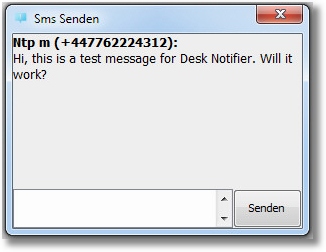Brandished on stage at Microsoft's Build conference last week by Steve Ballmer himself as the next great thing in Windows 8
tablet
hardware, Acer's Iconia W3 is the first 8-in tablet with the ability to
run the full version of the company's latest OS, rather than falling
back on the ARM-based Windows RT.
This theoretically crams all the advantages of a desktop PC into a
compact tablet, and in fairness to the W3, a fair amount of those
benefits do shine through.
On the other hand, while £279 seems a bargain for a small, yet fully
functional Windows 8 tablet, users will more or less get what they pay
for in terms of the realistic usability of such a scaled-down Windows 8
experience.
To get the specs out of the way, the W3 sports an 8-in WXGA
multi-touch LCD screen, powered by Intel's Atom Z2769 processor, and
runs the 32-bit edition of
Windows 8.
It has 2GB of RAM onboard, with 64GB of storage space, and fore and aft cameras for video conferencing and photography.
As specs go, these are fairly respectable for the money, even if the overall build quality of
the tablet's shell suffers from Acer's customary cheap and cheerful approach.
But compared to, say, Google's heavily-subsidised Nexus 7, this is a
significantly more powerful offering, especially when you factor in the
Windows 8 licence cost.
However, with the stock Windows 8
installation (bear in mind we also installed the Windows 8.1 preview
build as well) taking up 49GB of the drive, this leaves only 32.1GB left
for your own data. The W3's Micro SD slot supports a further 32GB
external storage too, though.
Drive space will probably be of little concern in the long run,
anyway, because this tablet feels unlikely to become anybody's workhorse
‘road warrior' device.
 |
| Acer Iconia W3 - a tiny tablet |
Bluntly, the W3 is just too small for any serious Windows 8 use. With
a choice of only two screen resolutions - native 1280 x 800 and the
OS's minimum supported 1024 x 768 - trying to use the Windows 8 desktop
mode quickly becomes a bind on a visual and interactive level.
Such a high resolution on such a small device makes touchscreen use a
hit and miss affair, not to mention successfully reading any icon or
taskbar labels in desktop mode. While increasing font sizes helps,
picking out options on the taskbar or even successfully tapping icons
can be taxing, and you'll often find yourself giving up and quitting
back to the Modern UI, queuing up your most-used apps as Charms on
there. That's probably the way Microsoft wants it anyway, of course.
There's no native stylus support either, so while Surface Pro's big, clear screen also enjoys pinpoint
Wacom accuracy, the W3 is all-too reliant on fingertips that are just too big and clumsy.
While using most Modern apps and general web browsing is
straightforward, enterprise users will find the pokiness of the desktop
mode a real disadvantage.




![DeskNotifier - cool app lets you receive and reply to SMS messages and Android phone notifications on your PC instantly [Freeware] desknotifier2 DeskNotifier cool app lets you receive and reply to SMS messages and Android phone notifications on your PC instantly [Freeware]](http://www.redferret.net/wp-content/uploads/2013/07/desknotifier2.jpg)
![DeskNotifier - cool app lets you receive and reply to SMS messages and Android phone notifications on your PC instantly [Freeware] desknotifier DeskNotifier cool app lets you receive and reply to SMS messages and Android phone notifications on your PC instantly [Freeware]](http://www.redferret.net/wp-content/uploads/2013/07/desknotifier.jpg)
![DeskNotifier - cool app lets you receive and reply to SMS messages and Android phone notifications on your PC instantly [Freeware] desknotifier4 DeskNotifier cool app lets you receive and reply to SMS messages and Android phone notifications on your PC instantly [Freeware]](http://www.redferret.net/wp-content/uploads/2013/07/desknotifier4.jpg)
